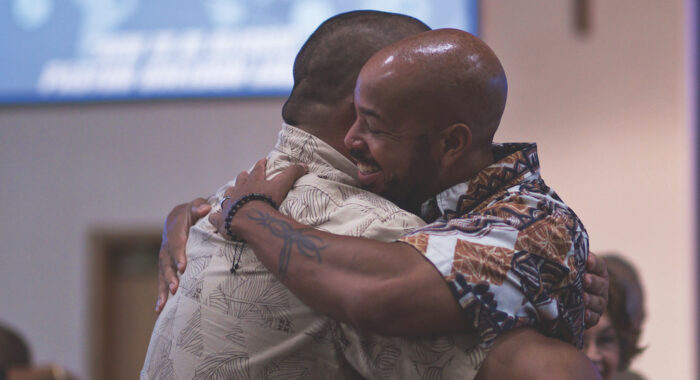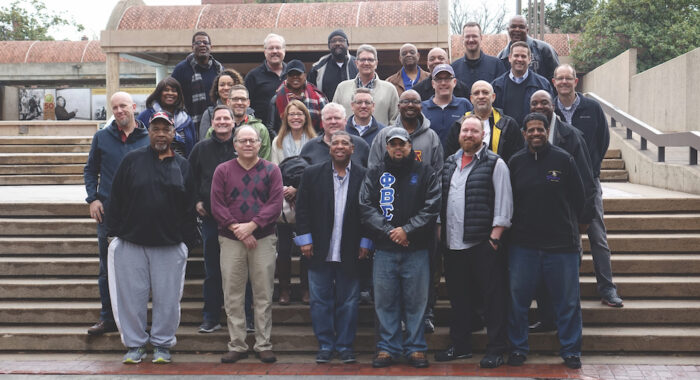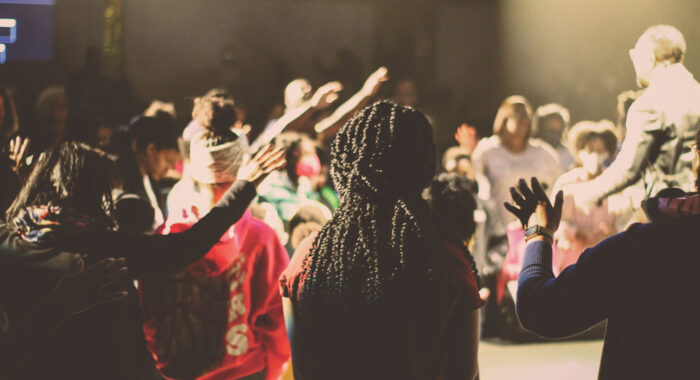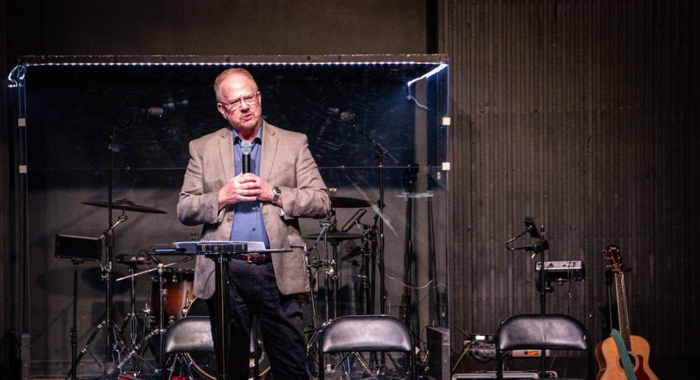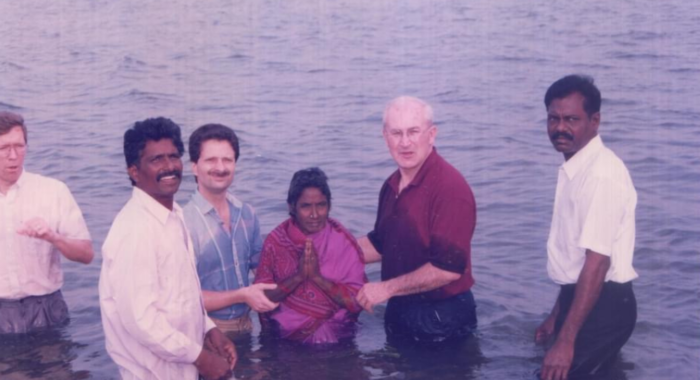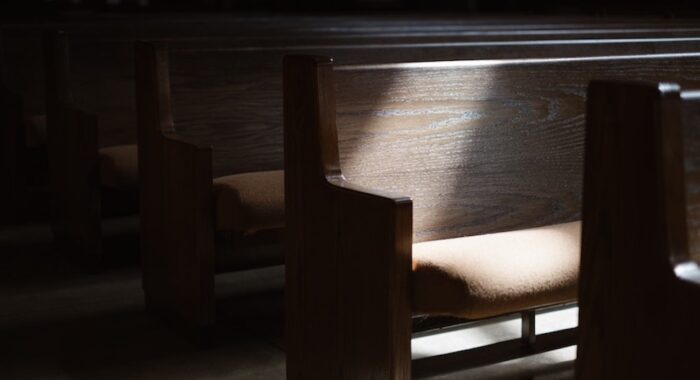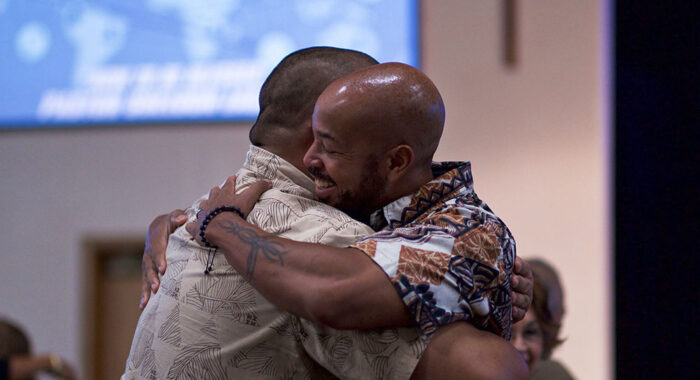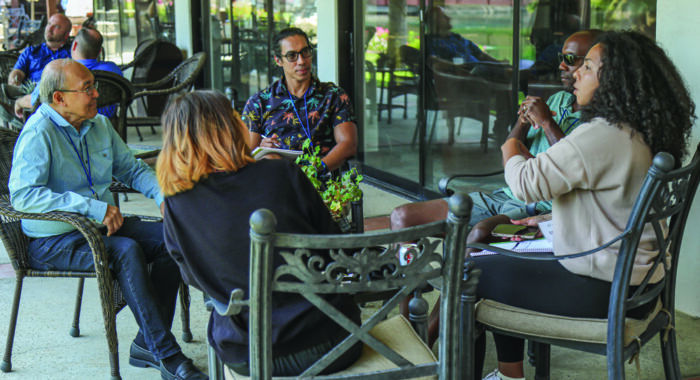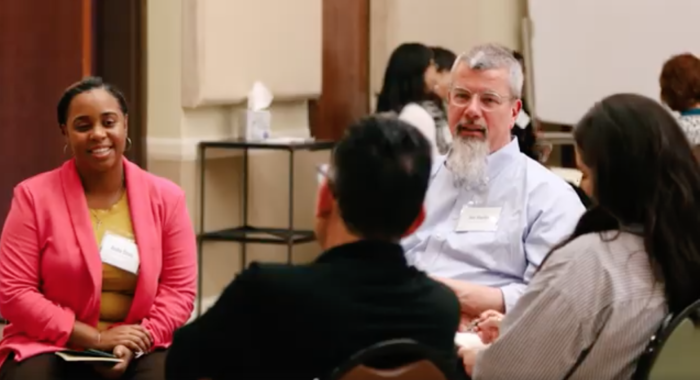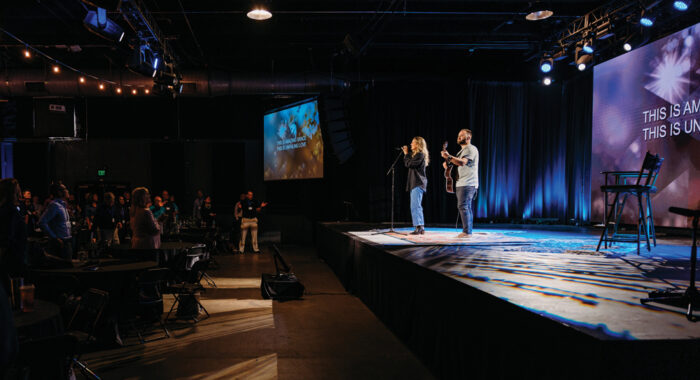Church planting has ballooned in the last decade. While data on the movement’s growth is scarce, the increase of church planting books, networks and conferences over the last 10 years is telling. And it seems that the majority of these church planters are well under 40.
There are many reasons why young pastors opt to start new churches. For one, the environment has changed.
“It’s not the extreme sport of ministry that it used to be,” said Michael Binder, who planted Mill City Church in Minneapolis when he was 31. Church planting assessment and training centers have popped up, and there are better financial models for church planting today. He also credited church planters of the early 2000s who led the way for a new generation of “people who will try.”
Young pastors are a part of the Millennial generation with characteristics disposed to church planting — independent, engaged, high-achieving and confident. They find themselves developing relationships with non-Christians in communities, and they want to create an organic place for their friends to discover God.
Ben Connelly, Lead Pastor of The City Church, said that young pastors are particularly suited to plant. It’s more financially viable to sustain families with fewer mouths to feed. Less-established pastors have an easier time uprooting, and they can be more flexible to different ways of “doing and being the church.”
At 28, Connelly started The City Church after seeing the redevelopment of downtown Fort Worth bring thousands of new residents — many of whom were not being reached by existing churches. Connelly’s current church was too far away, so the logical option was to start a new one.
Many church plants like The City Church and Mill City Church partner with older churches. The benefits are great. “New churches gain wisdom and old churches gain new life,” Binder said.



 View All Articles
View All Articles 










